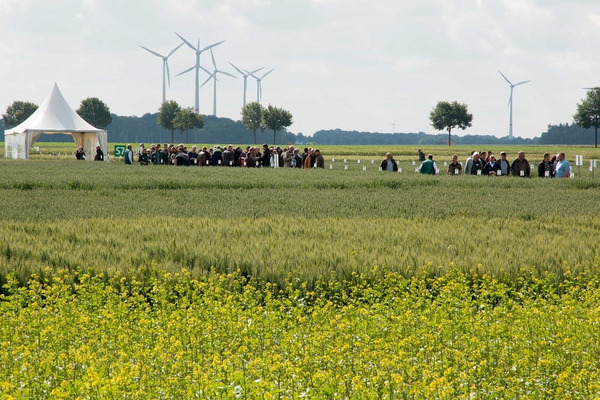European arable agricultural systems are often characterised by short rotations, or even monocultures, leading to problems such as higher pest pressure, soil erosion, loss of soil fertility and loss of biodiversity. Temporal and spatial diversification of crops is a key driver for resource-efficient farming systems that could contribute to increasing the productivity and profitability of agriculture systems, while reducing input use and negative environmental impacts. Despite its potential benefits, crop diversification is hindered by various technical, organisational and institutional barriers along the value-chain (upstream agro-industry, farms, cooperatives, processing industries, retailers, etc.).
In this context, the overall goal of DiverIMPACTS is to exploit the full potential of crop diversification through rotation, intercropping and multiple cropping, promoted by actors and value-chains towards sustainability. This will be achieved by demonstrating clear technical, economic and environmental benefits for farmers, value-chains and society, and by providing rural actors with key enablers and innovations.
To reach its overall goal, the project will pursue the following scientific and technological objectives:
- To demonstrate clear benefits of crop diversification at the farm, value-chain and territory levels, through a set of field experiments carried out in key biogeographical regions across Europe and through multi-actor case studies;
- To co-design technical and organisational innovations, to stimulate crop diversification and co-learning, and adapt existing multi-criteria assessment methods to the needs of actors;
- To remove barriers and promote enablers to crop diversification at farm, value-chain and local levels;
- To develop comprehensive and long-term strategies for the agricultural system at large (farming systems, agro-industry, value-chains, research and development, education, advisory systems as well as policy and regulation) to sustain crop diversification.

 tap and then scroll down to the Add to Home Screen command.
tap and then scroll down to the Add to Home Screen command.